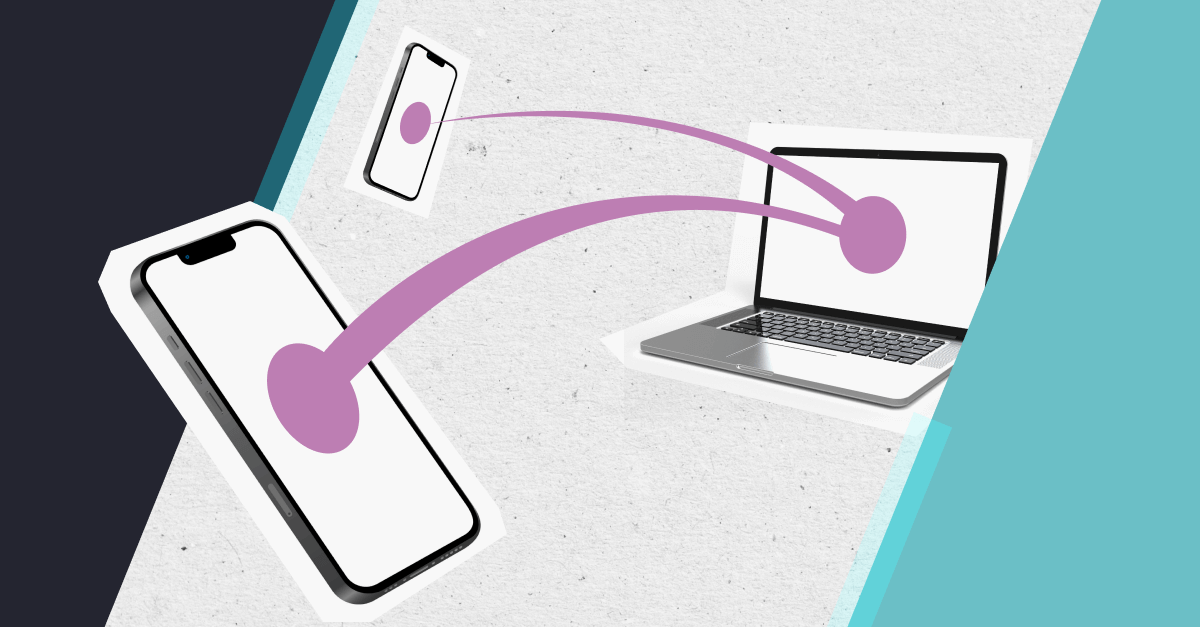
When it comes down to it, inbound marketing is geared towards gaining leads. But sometimes, particularly at the beginning of a new strategy, it can feel like a rewardless task.
You’ve been writing blog posts each week, sending out targeted emails, and you even have an eBook to offer to your readers. So why aren’t the numbers reflecting your hard work? Why aren’t the phones ringing off the hook? Why do you feel a bit, well, flat?
In fact, it’s perfectly normal for it to take some time for you to see results from your inbound efforts. But, when you do, the wait will have been worth it.
That’s because inbound marketing results in more effective B2B lead generation than traditional outbound tactics, such as cold calling and advertising. Although the process takes longer, inbound delivers leads that are more pertinent and more valuable to your organisation.
And the content that you produce is an evergreen asset that will transport these vital leads to you time and time again.
1. Inbound reflects today's buyer habits
According to Ipsos, 61 per cent of global Internet users research products online.
Let’s say an individual is looking for a marketing automation solution. This person will be seeking to educate themselves about the options out there, so they will probably go on Google, or the like, to find out as much as they can. Your organisation sells a solution that would fit the bill - and that’s where your inbound marketing efforts come into play.
The person comes across your site and reads a number of your blog posts. A week later, they return to your site. They read the latest posts that have since been published and then decide to download an eBook you offer about the benefits of marketing automation.
You've gained a lead.
But this person is not just any lead - they are someone who was actively looking for a solution that you provide. Therefore, they are more likely to be open to connecting with your organisation and, ultimately, becoming a customer.
Writing on The Brand Builders, Ruthie Abraham says: "This is what your inbound efforts are all about. All of the content you put out, the relevant articles meant to attract the attention of your defined buyer personas - all of that is sending a clear message of who you’re after and what they can expect from you. The result? A higher number of engaged, quality leads."
It usually takes around a minimum of six months to build up enough content to enable the process outlined above. So don't feel disheartened if the leads trickle in - or are even non-existent - to begin with.
2. Inbound costs less
This is a bit of a no-brainer. Outbound marketing, whether in the form of TV, radio and magazine adverts, pay-per-click (PPC) or direct mail, costs money. If you’re a large, international organisation, this isn’t necessarily a problem - but that’s not the point.
By contrast, writing blog posts, creating eBooks and sending out emails doesn't involve any additional costs, as the majority of organisations are already online. Add to that the fact that this content is an evergreen resource - unlike a television advert that runs for a set period.
Furthermore, in its State of Inbound 2015 report, HubSpot found that companies are three times more likely to see higher ROI on inbound marketing campaigns than outbound ones. So, not only does inbound cost less in the first place, it gives you more for your money as well!
And when you combine these findings with those I made in point one, it's hard to argue against inbound. It brings you valuable leads at a fraction of the cost - and those leads are better placed to invest in your product or service.
3. Inbound is evergreen
So what do we mean when we say that the content you create as part of your inbound marketing strategy is evergreen?
Well, like a tree that keeps its leaves all year round, your content will continue to attract your target audience again and again. Useful, educative content rarely goes out of date. Of course, industries and their related products and services develop and change over time, but a blog post you wrote a year ago is still probably just as useful today to readers searching for information on that subject.
Writing on The Huffington Post, Amy Callahan says: "What matters most is that your brand is consistently serving up (or having created for you) the kinds of content that your target audience is looking for. Once the budget for an online ad runs out, it's gone. With 93 per cent of influencers relying on social media to drive traffic to their posts, influencer content can be shared over and over again."
Think about your blog posts. Perhaps you've written one that's already garnered a lot or views or one that you know gets right to the heart of your potential customers' problems. It could be a "How To" post or a piece that challenges the status quo. Either way, if you've got great content at your disposal don't allow it to get lost in your blog archive. Keep sharing it; repurpose it in new formats; let it attract new leads over and over again.
All inbound marketers want to gain leads. And while - just as a forest takes time to grow - an inbound strategy gains traction gradually, it results in more effective B2B lead generation than outbound.
Inbound tactics attract people who are already looking for the solution that your company offers - and they do so at a fraction of the cost. Additionally, the valuable content that you create is an evergreen resource. Like the trees in an awe-inspiring forest, it draws people in again and again.



